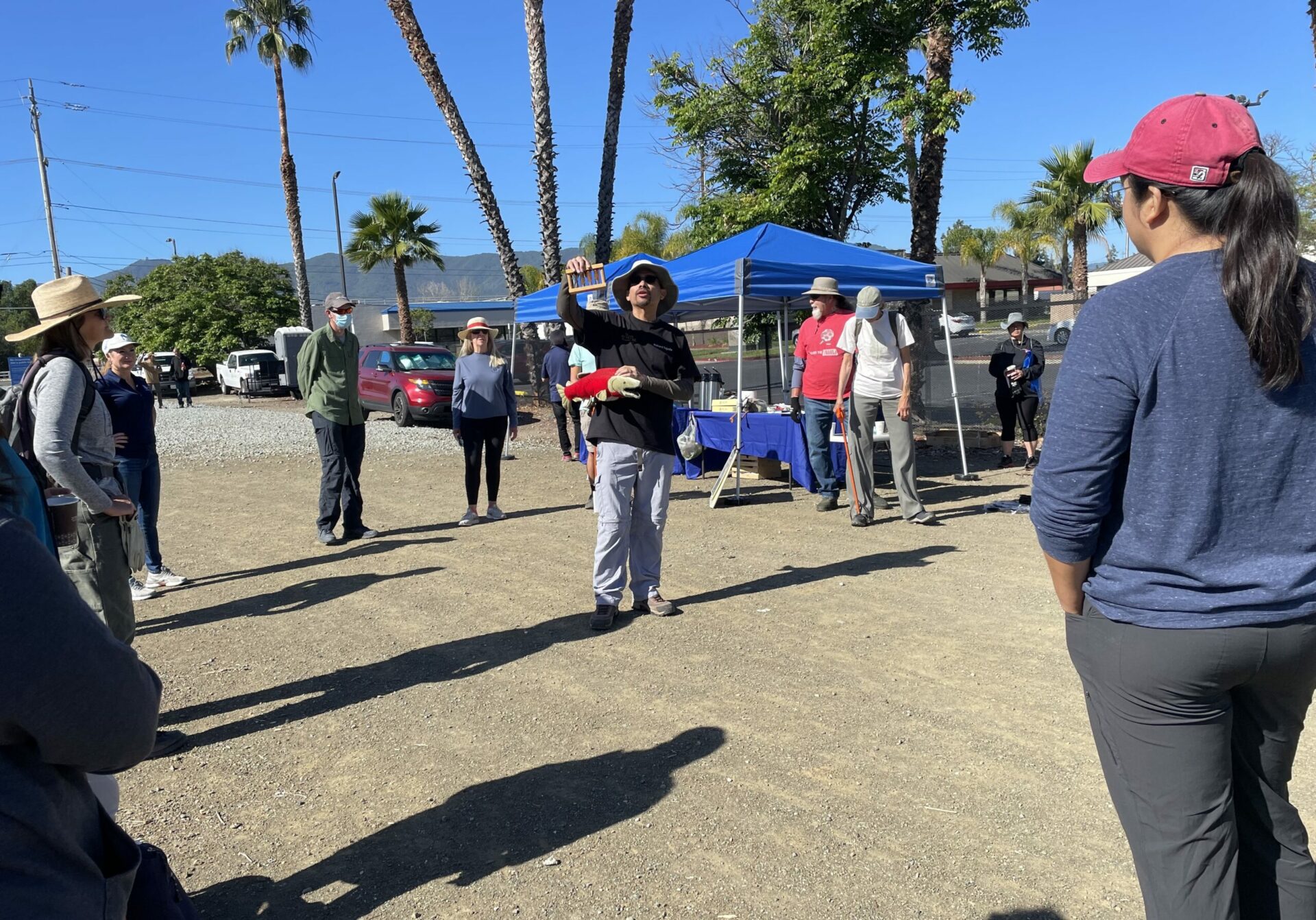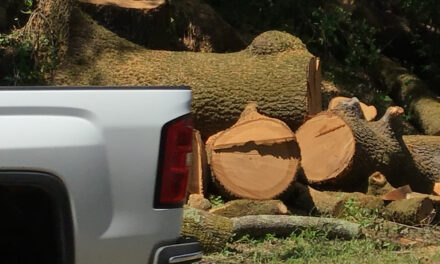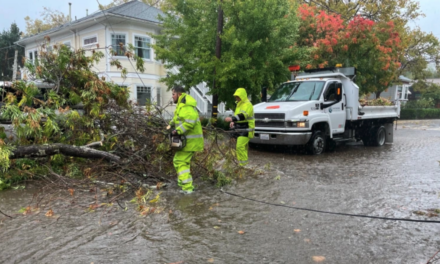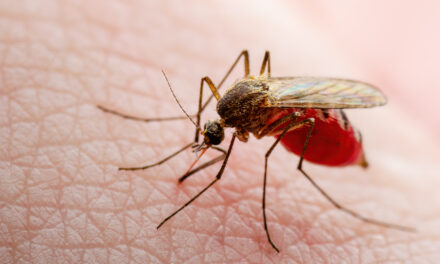Refreshing Santa Clara County Rivers
More than 500 volunteers with trash pickers in hand scoured 36 miles of Santa Clara County riverbanks on May 21, collecting over 25,000 pounds of trash for National River Cleanup Day.
The annual event, put on locally by Valley Water and Creek Connections Action Group, was first started in 1991 by American Rivers. The event focuses on protecting rivers, watersheds and ecosystems from trash and litter. Since 2007, the local event has resulted in almost 475,000 pounds of trash collected from sites across Santa Clara County. Nationally, 32 million.pounds have been removed from American waterways in the last three decades.
“It was one of the first times in two years, since the start of the COVID-19 pandemic, when we actually had organized group cleanups for National River Cleanup Day,” says Nick Ingram, a representative from Valley Water.
At one cleanup site, Valley Water partnered with Saved by Nature and Opening Doors 2020 to provide hot meals and hygiene kits to the unhoused people in the area.
“Some of the unhoused that were there joined our cleanup efforts,” Ingram says. “They grabbed gloves, trash pickers and a bag and joined the volunteers. Everyone had a great time.”
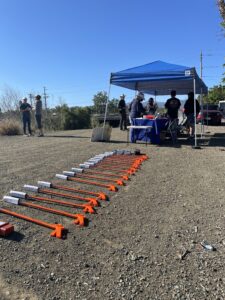
While the results of these trash cleanups leave rivers looking pristine, they also result in several expected — and unexpected — environmental benefits.
“Once a piece of trash enters a storm drain or stream it may continue downstream and affect many other water bodies (creeks, streams, rivers, lakes, estuaries, bays, ocean…),” according to a fact sheet released by the State Water Resources Control Board.
Cleaning up trash, especially around waterways, can help protect ecosystems that rely on that water source. Debris in rivers and creeks that flow into San Francisco Bay can entangle wildlife, disrupt migration patterns and even release harmful chemicals.
Other Recent Posts
Gleaning in the Giving Season
The practice of collecting food left behind in fields after the harvest is good for the environment and gives more people access to produce.
New Study Teases Out Seawall Impacts
New models suggest that sea walls and levees provide protection against flooding and rising seas with little effect on surrounding areas.
Oakland High Schoolers Sample Local Kayaking
The Oakland Goes Outdoors program gives low-income students a chance to kayak, hike, and camp.
Growing Better Tomatoes with Less Water
UC Santa Cruz researchers find the highly-desired ‘Early Girl’ variety yields more tomatoes under dry-farmed conditions.
Santa Clara Helps Homeless Out of Harm’s Way
A year after adopting a controversial camping ban, Valley Water is trying to move unsheltered people out of the cold and rain.
The Race Against Runoff
San Francisco redesigns drains, parks, permeable pavements and buildings to keep stormwater out of the Bay and build flood resilience.
Learning the Art of Burning to Prevent Wildfire
In Santa Rosa’s Pepperwood Preserve, volunteers are learning how controlled fires can clear out natural wildfire fuel before it can spark.
Martinez Residents Want More Than Apologies — They Want Protection
After a 2022 release of toxic dust and a February 2025 fire, people in the northeast Bay town are tired of waiting for safety improvements.
Weaving Fire Protection Out Of What’s Already There
A new Greenbelt Alliance report shows how existing vineyards, grasslands, and managed forests can slow wildfire and save vulnerable homes.
Fall Plantings Build Pollinator Habitats in Concord
Community groups, climate advocates and a church are coming together to plant pollinator gardens as monarchs, bees see population declines.
Decomposing wastes and plastics also contribute to greenhouse gasses and thus climate change. Experts say disposing of your waste properly, recycling when applicable, and reducing your single use plastic waste can all help reduce the impact on the environment.
“Keeping litter off our streets and public areas will ultimately help keep it out of our waterways, and reduce the trash we need to pick up during these events,” says Ingram.
Tools of the trash pick up trade allow volunteers to keep refuse at arm’s length. Photo: Valley Water.






